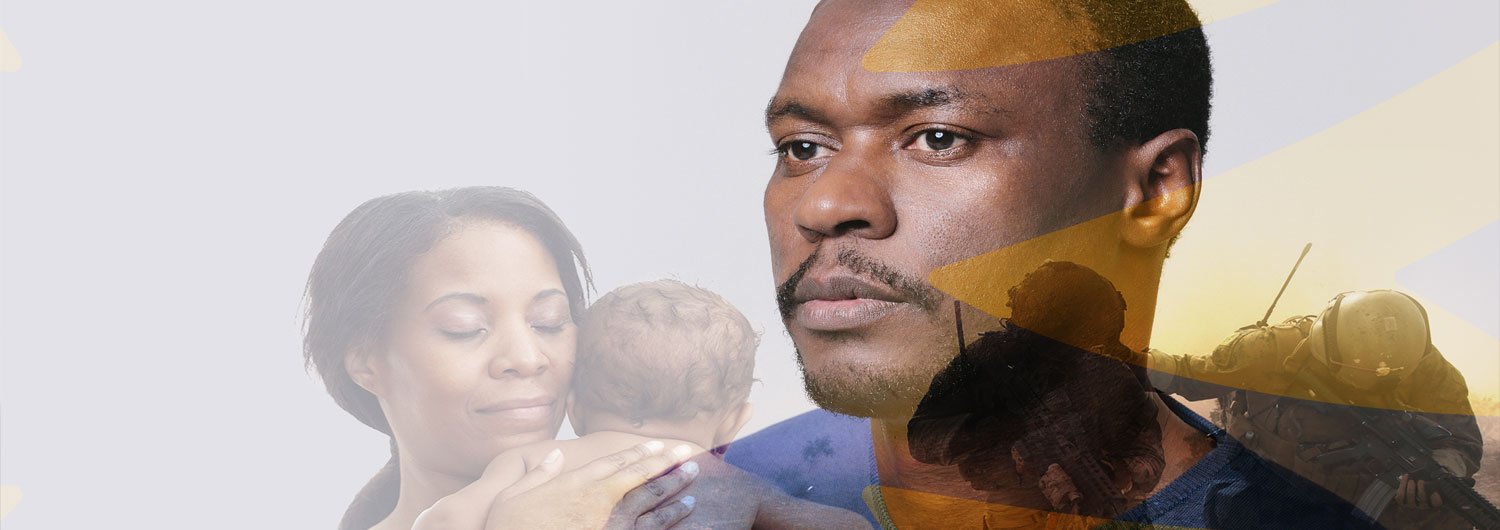
Our Life-Dimensional Approach
We Put Health Challenges Into Context
Employees face numerous challenges—physical, psychological, and social—that can become barriers to maintaining good health. They may lack a support system. Have untreated mental health issues. Cultural differences. And socioeconomic struggles, just to mention a few.
Read More About Putting Health Challenges Into Context
While other programs ignore the totality of the human experience or try to fit this complex reality into a predetermined box, we work to understand people and provide solutions that address every dimension of their lives, seeing people as the sum of all their experiences.
We take the time to make connections between health, data, work, and personal experiences; then meet people where they are at with solutions that are compatible to their unique individual circumstances.
We Focus on the Whole Person
Our approach supports the multiple dimensions of a person’s life as opposed to current, fragmented single-point solutions.
Intrinsic Motivation Is Key
We go beyond the physical to understand people’s inner perceptions and aspirations to create personalized plans that maximize engagement.
Backed by Science, Measured by Data
Data guides our programs at WellSpark, helping us achieve measurable and enduring results that positively impact both employers and employees.
Business Results Beyond Healthcare Costs
WellSpark goes beyond employee health, productivity, and satisfaction by mitigating future healthcare costs, disability, workers compensation, and absenteeism.
A Biopsychosocial Approach For All of Life’s Dimensions
Everything we do at WellSpark is delivered through the life-dimensional lens. We understand people’s health is the result of their entire life experience – with biological, psychological, and social factors often acting as barriers to wellbeing.
Biological
Biological Health
We start with the physical vital signs that point to good health. On the surface this includes things like age, gender, biometrics, and medical history. But we don’t stop there. We dive deep into a person’s lifestyle to understand their diet, exercise, and sleep habits to get a clear view of their biological profile; giving us a solid foundation for us to start building our care approach.

- Age
- Gender
- Injuries
- Chronic Conditions
- Medical and Surgical Procedures
- Lab Results
- Prescriptions
- Diet and Exercise
- Sleep Habits
Psychological
Psychological Health
Then we dig into the emotional vital signs. This can include anything that a person experiences; thought patterns, emotions and feelings, coping mechanisms, mental diseases, biases, beliefs, and beyond. Understanding how people perceive the world is critical to providing them the support that they want, need, and most importantly, will accept.

- Disease Distress
- Mental Illness
- Grief
- Depression
- Anxiety
- ADHD
- OCD
- PTSD
Social
Social Health
Unlike other wellbeing programs, our life-dimensional approach includes measuring social vital signs as a key component to total-person health. Relationships, work life, finances, hobbies and obligations — all can act as potential barriers to wellness. With our life-dimensional model, we’re able to identify these obstacles and provide the social support system people need to succeed.

- Caregiving
- Family
- Work
- Financial, Legal, and Other Socioeconomic Issues
Our Wellness Solutions
Employee wellbeing is not one-size-fits all and neither are our solutions. We package them together for each client to meet the unique needs of the modern workforce.
-
Health Coaching for Life
Lifestyle Coaching for Behavior Change
-
Help 364
Chronic Disease Self-Management and Support
-
Diabetes Prevention Program
Education and Coaching to Prevent T2 Diabetes
-
SparkHealth Digital Experience
Customizable Worksite Wellness Platform
-
SparkSocial Group Coaching
Supportive Group Coaching Experiences
-
Activation and Engagement
Driving Participation in Programs
-
Life Dimensional Approach
Our Approach
Lowering A1C
My A1C went down and I’m feeling more and more motivated! I’ve been going outside for walks 3-4x/week, I’m impressingRead More “Lowering A1C”